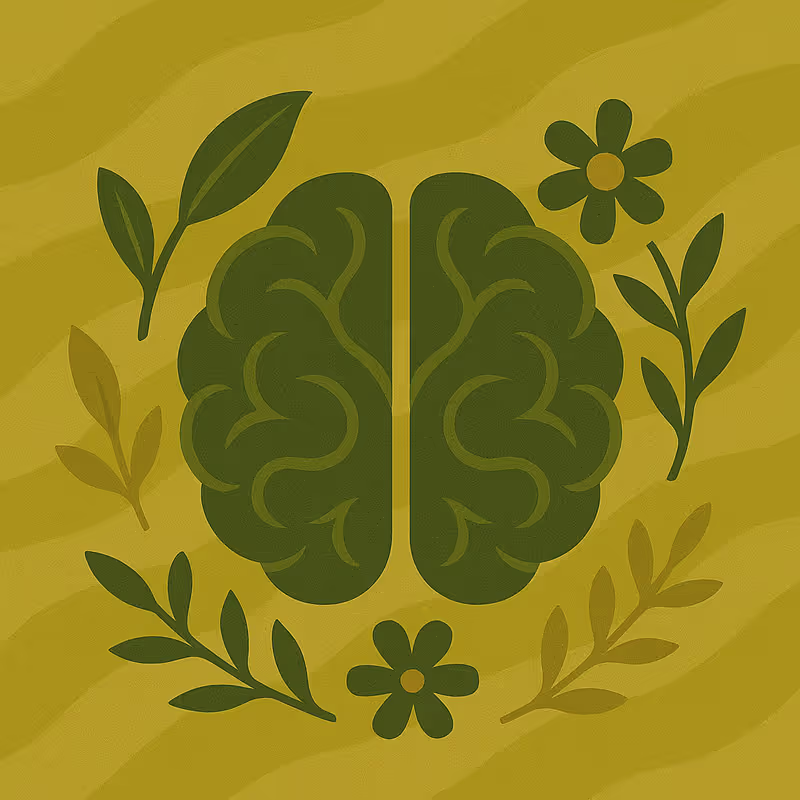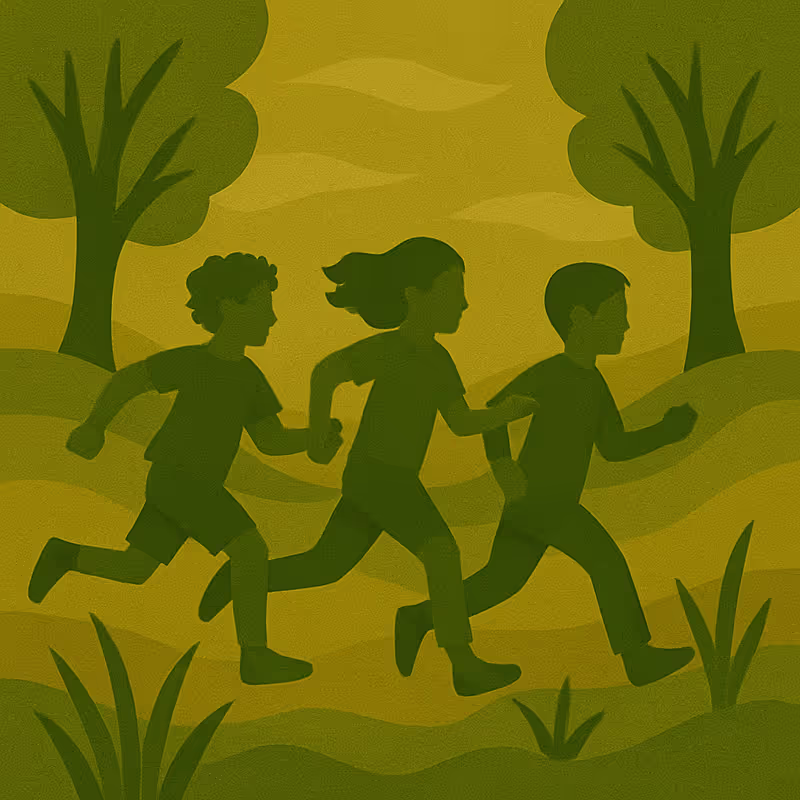Learning objectives:
- Explain how the fashion industry is shaped by growth-oriented economic models
- Critically assess sustainability claims within the fashion sector
- Understand how the current system benefits elites while shifting costs onto people and the planet
Fashion’s addiction to growth
As stated in section 2.2, at the root of the fashion industry's destructive impact lies a systemic driver: the global imperative for economic growth.
It is estimated that between 80 and 150 billion new items (clothes and shoes) are produced per year - for a global population of 8 billion people (Arthur, 2024, p. 12). 1
This cycle generates enormous amounts of textile waste: approximately 92 million tons per year (UNEP, 2025).

This is the ‘take-make-waste’ business model, where natural resources are extracted, processed into products, and quickly discarded.
Proponents of growth may argue that expanding the fashion system creates wealth and opportunities for more people.
The reality is that the generated wealth primarily benefits a small group: the fashion retailers’ (or the brands’) owners and shareholders. The vast majority, especially garment workers, local communities, and nature, receive little benefit and bear the greatest costs (Arthur, 2024, p. 12).
Greenwashing vs. genuine transformation
To match consumers’ growing awareness and concern with the impact of their clothes, many fashion brands now promote their ‘sustainable’ or ‘eco-friendly’ lines.
Unfortunately, many of these initiatives fall into the category of greenwashing (Alizadeh, et al., 2024): brands claim or give the impression that their products are more environmentally friendly than they actually are.

Overall, the fashion system’s impact on people and nature is getting worse (Arthur, 2024, p. 8).
The core problem is systemic: as long as the industry remains committed to perpetual growth, sustainability efforts cannot keep pace (Arthur, 2024, p. 8; 12). The more the fashion system expands, the more pressure it puts on ecosystems, workers, and local communities.
As highlighted by the Intergovernmental Science-Policy Platform on Biodiversity and Ecosystem or IPBES (the independent intergovernmental organisation working on science-policy on biodiversity), real transformation requires changes not just in practices but in worldviews, goals, values, and governing rules (IPBES, 2022).
Worldview, goals and values
The fashion system operates from an anthropocentric worldview: one that places humans above nature. It pursues economic growth at any cost.
This fuels a system in which fashion brands, primarily based in the Global North, exploit labour and ecosystems in the Global South and in lower-income countries in the Global North, for profit.
Consumers, too, can be caught in advertising-fuelled desire, encouraged to buy to cope with feelings of inadequacy or isolation. Adverts, which are all around us, tell us that we will be happier if we just buy another T-shirt. When we do buy it, we may get an initial dopamine hit, but if so, it lasts for a very short time. This T-shirt will then probably be forgotten, because a T-shirt doesn’t have much to do with happiness, unless we really need it, while clothes production has significant consequences on the world.
Rules: voluntarily following guidelines
Environmental and social standards are often voluntary guidelines and recommendations rather than legally binding laws and regulations. Even promising regulatory developments, such as the EU's Corporate Sustainability Due Diligence Directive remain exceptions rather than the norm.
When socio-environmental considerations such as biodiversity protection seem to conflict with economic growth considerations, economic growth will prevail most of the time, to the detriment of people’s and the planet’s wellbeing (Arthur, 2024, p. 13).

Understanding these deeper leverage points - worldview, goals, values, and rules - reveals why surface-level reforms fail to deliver. To truly transform fashion, we must confront the systemic logic that places humans on top of nature, and privileges economic growth over life and well-being.


















